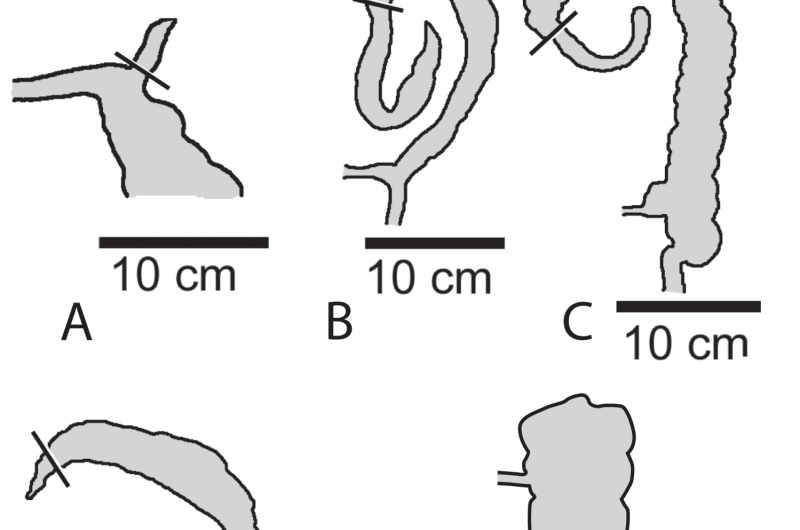New research suggests appendix may have important function

The human appendix, a narrow pouch that projects off the cecum in the digestive system, has a notorious reputation for its tendency to become inflamed (appendicitis), often resulting in surgical removal. Although it is widely viewed as a vestigial organ with little known function, recent research suggests that the appendix may serve an important purpose. In particular, it may serve as a reservoir for beneficial gut bacteria. Several other mammal species also have an appendix, and studying how it evolved and functions in these species may shed light on this mysterious organ in humans.
Heather F. Smith, Ph.D., Associate Professor, Midwestern University Arizona College of Osteopathic Medicine, is currently studying the evolution of the appendix across mammals. Dr. Smith's international research team gathered data on the presence or absence of the appendix and other gastrointestinal and environmental traits for 533 mammal species. They mapped the data onto a phylogeny (genetic tree) to track how the appendix has evolved through mammalian evolution, and to try to determine why some species have an appendix while others don't.
They discovered that the appendix has evolved independently in several mammal lineages, over 30 separate times, and almost never disappears from a lineage once it has appeared. This suggests that the appendix likely serves an adaptive purpose. Looking at ecological factors, such as diet, climate, how social a species is, and where it lives, they were able to reject several previously proposed hypotheses that have attempted to link the appendix to dietary or environmental factors. Instead, they found that species with an appendix have higher average concentrations of lymphoid (immune) tissue in the cecum. This finding suggests that the appendix may play an important role as a secondary immune organ. Lymphatic tissue can also stimulate growth of some types of beneficial gut bacteria, providing further evidence that the appendix may serve as a "safe house" for helpful gut bacteria.
They also found that animals with certain shaped ceca (tapering or spiral-shaped) were more likely to have an appendix than animals with a round or cylindrical cecum. Therefore, they concluded that the appendix isn't evolving independently, but as part of a larger "cecoappendicular complex" including both the appendix and cecum.
Researchers collaborating with Dr. Smith on this study are William Parker, Ph.D., Department of Surgery, Duke Medical Center, Durham, North Carolina; Sanet H. Kotzé, Ph.D., Department of Biomedical Sciences, Faculty of Medicine and Health Sciences, University of Stellenbosch, Tygerberg, South Africa; and Michel Laurin, Ph.D., from the Muséum National d'Histoire Naturelle in France. Midwestern University Senior Research Associate Brent Adrian also contributed illustrations for the study.
More information: Heather F. Smith et al, Morphological evolution of the mammalian cecum and cecal appendix, Comptes Rendus Palevol (2017). DOI: 10.1016/j.crpv.2016.06.001

















